Beans is the common name of a group of legumes. Legumes play a significant role in human history. They were the first culture that evolved when hunters and nomadic tribes began to cultivate and develop systems for agriculture. Beans are among the first cultivated ones.
History of beans
There is evidence of beans, which dates back to 9, 750 BC, discovered by archaeologists in Thailand. The data also shows that local people in Mexico and Peru cultivated legumes as early as 7000 BC.
Using beans dates back to 6750 BC in parts of the Middle East. Chickpeas, lentils and beans have been found in Egyptian tombs that date back at least 4, 000 years ago. Around 1500 BC, some parts of today's Asia grew and used soybeans.
In a different part of the world, indigenous Americans and Mexicans developed various categories of legumes including red beans, kidney beans, lima beans and their adaptability helps to make the beans a stable culture.
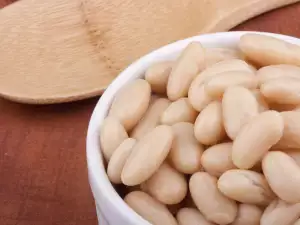
Early farmers cultivated legumes and also grew cereals such as wheat, barley, millet, rice and corn. Legumes and cereals have a symbiotic relationship in which the amino acids of each complements the other’s culture in such a way that they form a complete protein, which is needed for growth and development of many life forms, including humans.
Legumes are used throughout the world for thousands of years. They have hundreds of varieties in many shapes, sizes and colors. They can be dried and stored for years. After soaking for a few hours, they again become edible and when activated, they contain enzymes, proteins, minerals and vitamins.
Composition of beans
Beans are extremely useful. Their composition contains almost the entire alphabet of vitamins. They are rich in carotene, vitamin K, vitamins B group, a large amount of vitamin C. Beans have many minerals and trace elements, including calcium, magnesium, iron and phosphorus. The plant has a very large quantity of iodine.
The proteins in beans are close to or even superior to meat fish, cereals and green peas. Their calories exceeds potatoes.
100 g of cooked beans contains 9 g protein, 26 g carbohydrates, less than 1 gram of fat and 10 g fiber.
Bean types
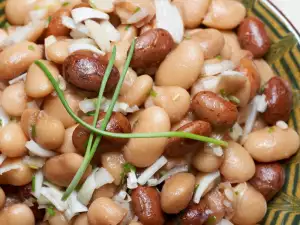
Lima beans - known as fat or Madagascar beans. Called Lima /Peru/ because they were found there around 1500. It has a strong buttery flavor, making it suitable for soups and stews, and much less for salads. Grains of this type of beans are rounded with a pronounced kidney-shape, and its flesh is pale green. Lima beans have a fundamental flaw - much harder to digest than other species.
Cinnamon beans - Italian variety has excellent flavor and remains slightly rough, even after complete cooking. In Italy, it is used for making traditional minestrone soup and various salads.
Mung beans - small green, yellow or red beans that have yellow flesh. The most common use is for the preparation of bean sprouts. Used very widely in China and India. There is no need to soak before cooking, having a slightly sweet flavor and tender texture.
Flageolet beans - a small, slight greenish grain which has a very delicate aroma and taste. The French use it in salads and as a garnish for lamb.
Adzuki beans - red kidney beans from Asia. The Japanese call it the king of legumes. It is used for making red tonka paste. In Asian cuisine, it is used whole or ground into flour. Adzuki beans are a great addition to rice and salads. It is easily digestible and melts very quickly.
Black Adzuki beans - this is the black version of the conventional adzuki beans. Similarly, it is easily digested and melts very quickly.
Pinto Beans - when dry, they are beige with brown splashes, but in the process of cooking get a pinkish brown color. Pinto beans as a necessity in many Mexican dishes.
Black beans - this bean is one of the main ingredients in the cuisine of the Caribbean and Latin America. They are widespread in the southern states, the U.S. and Mexico. They have black skins and creamy flesh. They have a slightly sweet taste. Suitable for salads and soups.
Small white beans - known as navy bean. Its name comes from the fact that since 1800 has been one of the staple foods of the soldiers of the American fleet. Difficult to digest, melts very hard. Suitable for stews, salads and soups.
Large white beans - used mostly in salads.
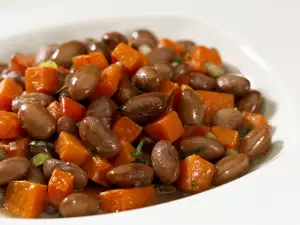
Red Mexican beans - they are small, dark and round. Used for chili and stewed dishes.
Selecting and storing beans
Choose beans with healthy grains, with no traces of injuries and holes. Storing beans should be done in a dry and cool place, in appropriate bags. Beans are a product that can withstand very long time, but once cooked, should be consumed within 2-3 days.
Cooking with Beans
Beans can be eaten raw, sprouted or cooked, made into flour, ideal for tofu, fermented soy sauce, tempeh, and miso. They are excellent ingredients in the preparation of chili, soups and salads.
The secret to cooking the perfect bean is slow cooking. The desire to cook quickly, many by housewives that cook beans at very high degrees, is fatal to the product. This way, the proteins intersect and the beans harden. During the first few cookings, the water is discarded.
You can make bean stew, bean soup, stuffed peppers with beans, salads, beans with sausages and many others. The flavor of the beans is complemented by wonderful spices like mint, paprika, parsley, savory, lovage, thyme and marjoram.
Benefits of beans
They are foods low in fats, oils and sugars. The use of beans every day is promoted because studies have shown that they help lower cholesterol while providing excellent nutrition. When combined with nuts, seeds or grains, they form a complete high-fiber vegetable protein.
Most beans contain only 2-3% fat. They also contain at least 20% protein and are high in carbohydrates, which provide a significant amount of energy. They also contain significant amounts of B vitamins and iron, and dietary fibers.
Dangers of beans
They should not be consumed raw, because they contain harmful substances that disappear during cooking. Elderly people and people with gout should not eat them often because they contain a lot of purines, which form uric acid and salts. Disturbances of metabolism of these salts play an important role in the development of gout.
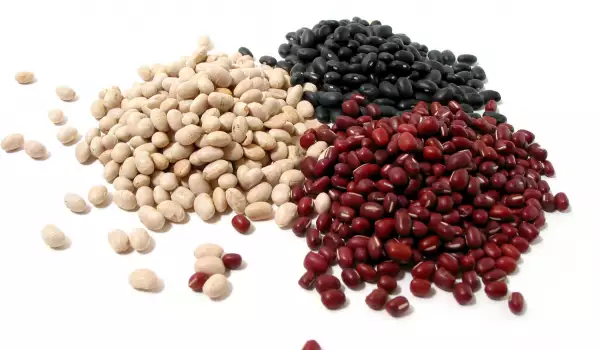
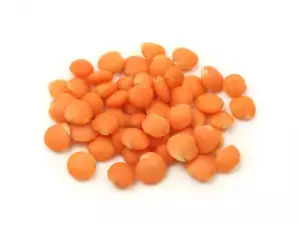
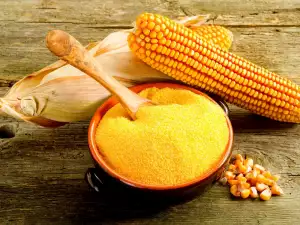
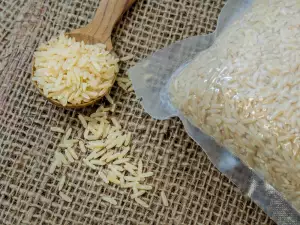
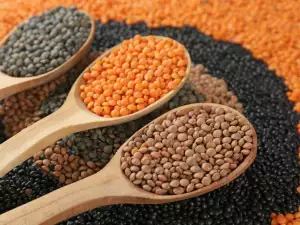
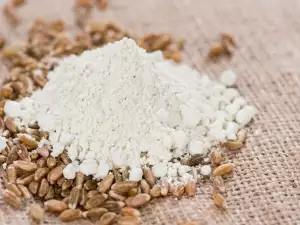
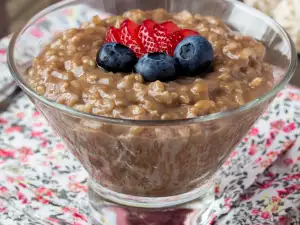

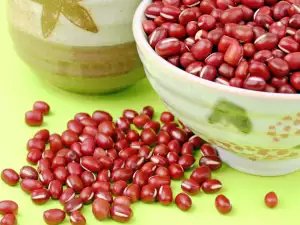
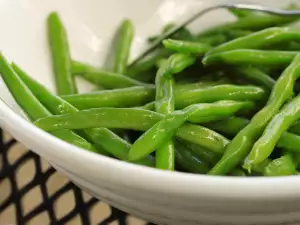
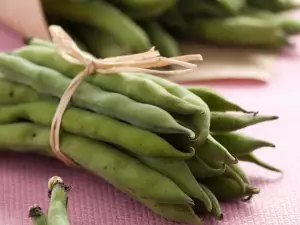
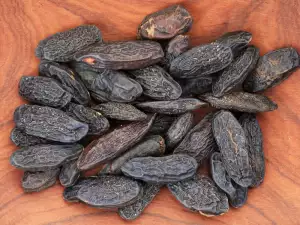
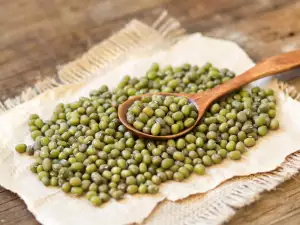



Comments